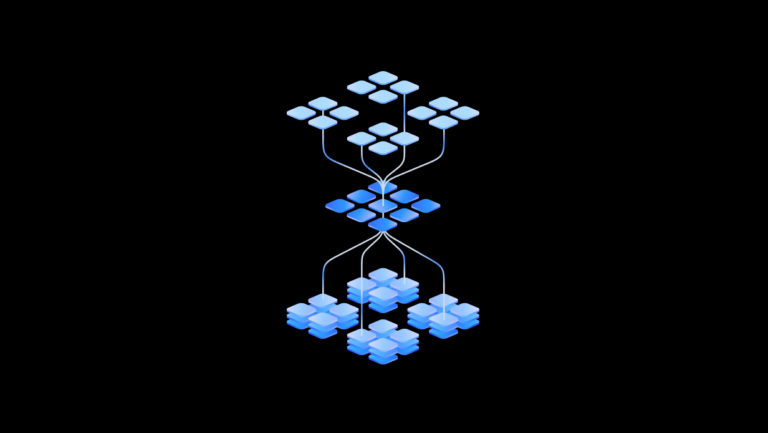In the rapidly evolving landscape of artificial intelligence and machine learning, model generation is a critical process. For developers and data scientists, understanding the parameters involved in model generation can significantly impact the performance and efficiency of their AI solutions. “Codeit” is a powerful tool that allows users to generate machine learning models, and its effectiveness largely depends on how well one understands and configures its generation parameters. This article delves into the key aspects of Codeit model generation parameters, providing insights into how they influence model performance.
What is Codeit?
Codeit is a platform designed to simplify the development and deployment of machine learning models. It provides a user-friendly interface and a set of tools that allow developers to generate, train, and deploy models with minimal coding. Codeit is particularly popular for its ability to automate many aspects of the model development process, making it accessible to both beginners and experienced data scientists. However, to fully leverage Codeit’s capabilities, it’s essential to understand the parameters that govern model generation.
Key Model Generation Parameters
1. Learning Rate
The learning rate is one of the most critical parameters in the training of a machine learning model. It determines the size of the steps the algorithm takes while optimizing the model during training. A higher learning rate may speed up the training process, but it can also lead to overshooting the optimal solution, resulting in a less accurate model. Conversely, a lower learning rate provides more precise adjustments but can make the training process slower. In Codeit, the learning rate can be adjusted depending on the complexity of the problem and the amount of data available.
2. Batch Size
Batch size refers to the number of training samples used in one iteration of the model’s training process. A smaller batch size results in more updates to the model weights, which can lead to a more stable learning process, but it might also require more computational resources and longer training times. On the other hand, a larger batch size can speed up the training process but may cause the model to converge to a suboptimal solution. Codeit allows users to experiment with different batch sizes to find the best balance between training speed and model accuracy.
3. Number of Epochs
The number of epochs is a parameter that defines how many times the learning algorithm will work through the entire training dataset. More epochs generally allow the model to learn more from the data, leading to better performance. However, too many epochs can result in overfitting, where the model performs well on training data but poorly on unseen data. Codeit enables users to specify the number of epochs, allowing for fine-tuning of the training process to achieve optimal results.
4. Model Architecture
The architecture of the model, including the number of layers and the type of each layer (e.g., convolutional, dense, recurrent), is another crucial parameter. Codeit offers pre-built architectures for common use cases but also allows users to customize the architecture to better suit their specific needs.
5. Regularization Parameters
Regularization is a technique used to prevent overfitting by adding a penalty for larger model weights. Codeit provides various regularization techniques such as L1, L2, and dropout, which can be configured to improve the generalization of the model. By adjusting the regularization parameters, users can control the trade-off between model complexity and performance.
How to Optimize Model Generation Parameters
Optimizing model generation parameters in Codeit involves experimenting with different values and observing their impact on model performance. One approach is to start with default values provided by Codeit and gradually adjust them based on the performance metrics obtained during training.
Conclusion
Understanding and properly configuring Codeit model generation parameters is essential for developing effective and efficient machine learning models. By carefully selecting and tuning parameters like learning rate, batch size, number of epochs, model architecture, and regularization, users can significantly enhance their models’ performance. As the field of AI continues to grow, mastering these parameters will be crucial for anyone looking to stay ahead in the world of machine learning.
